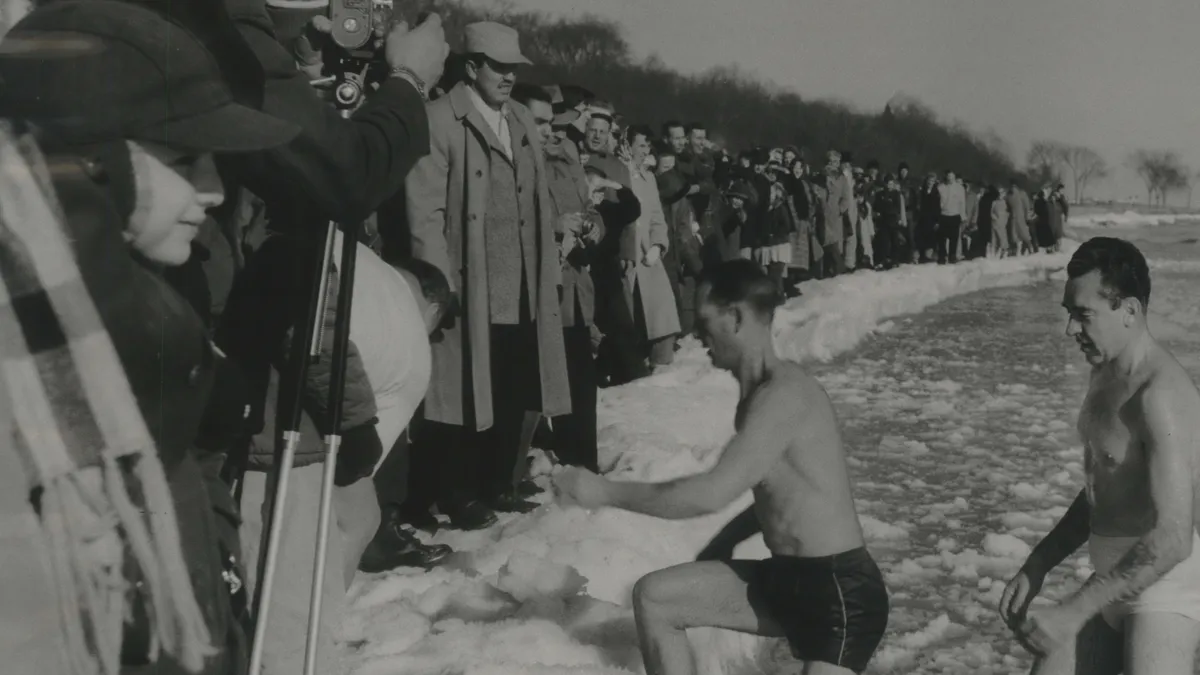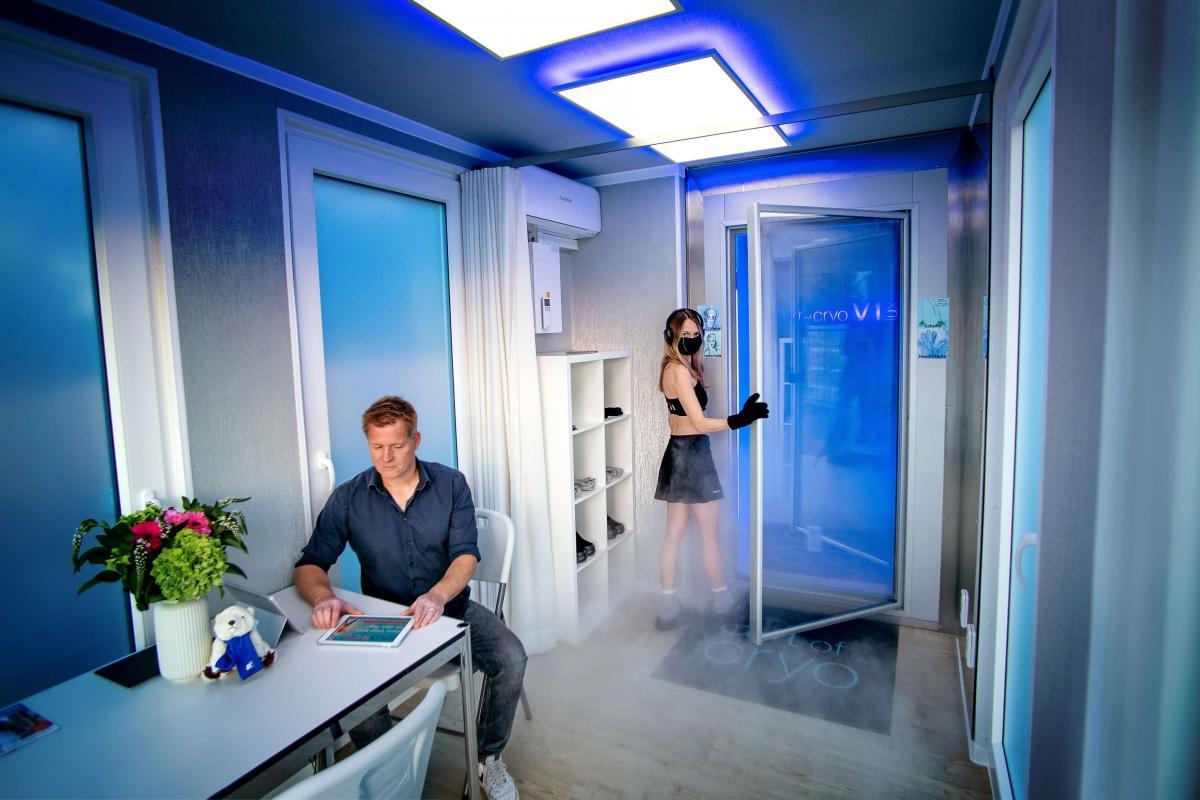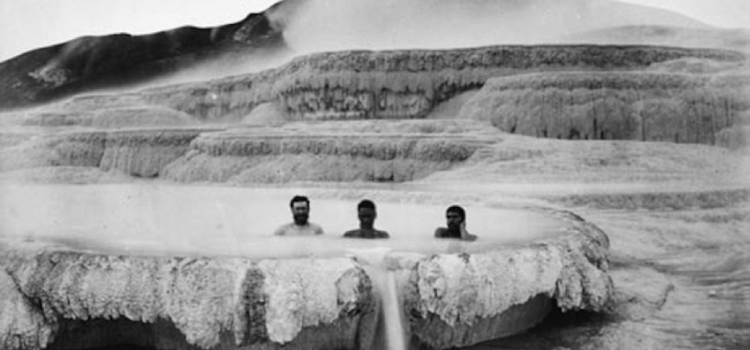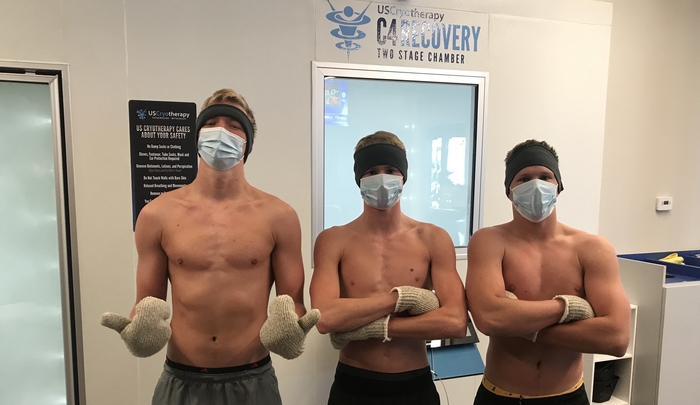Have you ever wondered what the true history of cryotherapy really is or what the future of cryotherapy holds? The use and benefits of cryotherapy date back to ancient times, when people used cold water and ice to treat injuries and inflammation.
In the 19th century, doctors began to use liquid nitrogen to freeze tumors and other diseased tissue. Cryotherapy was introduced to the United States in the early 20th century as a “sports medicine”, and it has since become a popular service for a variety of conditions, including cancer, arthritis, and sports injuries.
What’s the True History of Cryotherapy?
- The use of cold to treat injuries and inflammation dates back to ancient Egypt. The Ebers Papyrus, a medical text from 1550 BC, contains a recipe for a poultice made from honey, oil, and snow that was used to treat pain and swelling.
- In the 17th century, the English physician Thomas Willis used cold water to treat headaches and other conditions. He believed that the cold would constrict blood vessels and reduce inflammation.
- In the 19th century, doctors began to use liquid nitrogen to freeze tumors and other diseased tissue. The first reported use of liquid nitrogen for this purpose was in 1845, when the English surgeon James Arnott used it to treat a cancerous tumor on the tongue.
- Cryotherapy was introduced to the United States in the early 20th century. In 1907, the American surgeon Charles Frazier used liquid nitrogen to treat a brain tumor.
- In the 1930s, cryotherapy began to be used to treat skin conditions, such as warts and moles.
- In the 1960s, cryotherapy began to be used to treat arthritis.
- In the 1970s, cryotherapy began to be used to treat sports injuries.
- In the 1980s, cryotherapy began to be used to treat cancer.
- In the 1990s, cryotherapy began to be used to treat cosmetic conditions, such as wrinkles and cellulite.
- In the 2000s, cryotherapy began to be used to assist in muscle recovery, sports medicine, pain relief, inflammation, and fatigue.

What About Dr. Toshima Yamaguchi Everyone Talks About?
Dr. Toshima Yamaguchi is a Japanese physician who is credited with developing the use of cryotherapy to treat pain and inflammation. He first began using cryotherapy in the 1970s to treat patients with rheumatoid arthritis. He found that the treatment was effective in reducing pain and inflammation, and he began to use it to treat other conditions, such as sports injuries.
Dr. Yamaguchi’s work on cryotherapy led to the development of whole-body cryotherapy, which is now a popular treatment for a variety of conditions. Whole-body cryotherapy involves exposing the body to sub-zero temperatures for a short period of time. The cold temperatures are thought to trigger the release of endorphins, which have pain-relieving and anti-inflammatory effects.
Dr. Yamaguchi’s work on cryotherapy has been controversial, and there is some debate about its effectiveness. However, the treatment is popular among many people, and it is considered to be safe for most people.
Today, cryotherapy is a popular service for a variety of conditions. It is used to treat cancer, relieve arthritis, assist in sports injury recovery, cosmetic conditions, and more.
When Did The First Cryotherapy Center Open in The USA?
US Cryotherapy opened on April 13, 2011, in Roseville, California literally. It was the first cryotherapy center in the United States. The company was founded by Dr. Jason Deitch, a chiropractor who was interested in the potential benefits of cryotherapy. Dr. Deitch was inspired by the work of Dr. Yamaguchi, and he believed that cryotherapy could be a safe and effective treatment for a variety of conditions.
Many people don’t know this but US Cryotherapy opened their doors literally one day before Dr. Robin Kuehne with Cryo HealthCare in Los Angeles.
US Cryotherapy has since expanded to multiple locations across the United States. The company offers whole-body cryotherapy, as well as other cryotherapy services, such as localized cryotherapy and compression therapy. US Cryotherapy is a leader in the cryotherapy industry, and it is committed to providing safe and effective service to its customers.
What Does The Future of Cryotherapy Look Like?
- More research on the benefits of cryotherapy. As more research is conducted on the benefits of cryotherapy, it is likely to become a more widely accepted and used as a treatment for a variety of conditions. For example, research has shown that cryotherapy can be effective in treating pain, inflammation, and fatigue.
- New and innovative methods of cryotherapy. New and innovative methods of cryotherapy are being developed, which could make the treatment even more effective and accessible. For example, some companies are developing cryotherapy chambers that are smaller and more affordable than traditional cryotherapy chambers.
- Increased use of cryotherapy in sports medicine. Cryotherapy is already being used by some professional athletes to treat injuries and improve performance. As more research is conducted on the benefits of cryotherapy, it is likely to become more widely used in sports medicine.
- Increased use of cryotherapy in cosmetic treatments. Cryotherapy is already being used to treat some cosmetic conditions, such as wrinkles and cellulite. As more research is conducted on the benefits of cryotherapy, it is likely to become more widely used in cosmetic treatments.

Overall, the future of cryotherapy looks bright. As more research is conducted on the benefits of cryotherapy, it is likely to become a more widely accepted and used as a treatment for a variety of conditions. New and innovative methods of cryotherapy are also being developed, which could make the service even more effective and accessible.
—-
Resources
Founded on facts: for peer-reviewed articles, scholarly journals, and articles cited above please see the below sources.
-
The history of cryosurgery – https://www.ncbi.nlm.nih.gov/pmc/articles/PMC1281398/
-
Whole-body cryotherapy as adjunct treatment of depressive and anxiety disorders – https://www.ncbi.nlm.nih.gov/pmc/articles/PMC2734249
- Swenson C, et al. Cryotherapy in sports medicine. Scand J Med Sci Sports. 1996;6(4):193–200. [PubMed] [Google Scholar]
- Lawrence B. Historical perspective: Using the past to study the present. Acad Manage Rev. 1984;9(2):307–312. [Google Scholar]
- California Secretary of State – https://bizfileonline.sos.ca.gov/search/business

